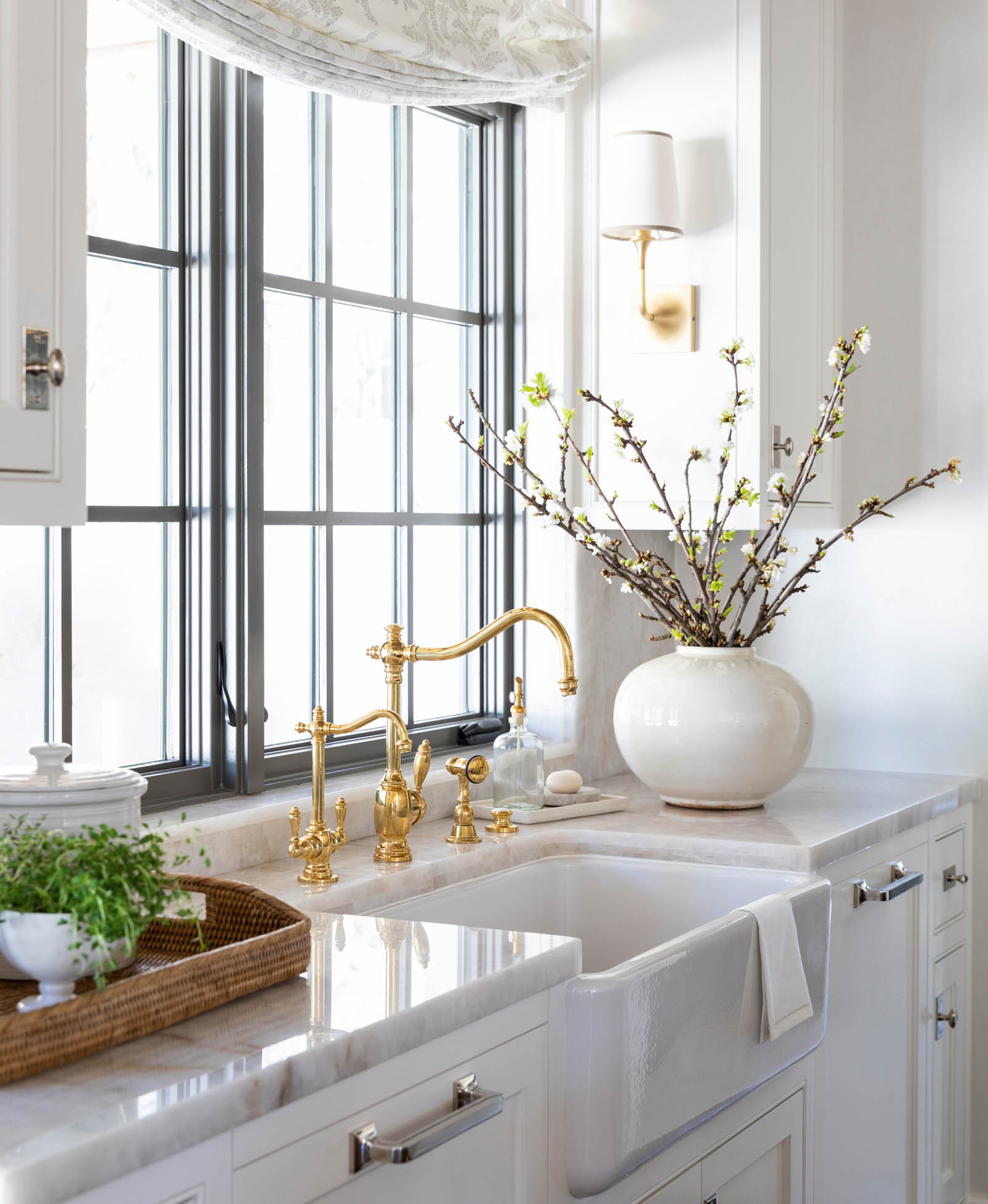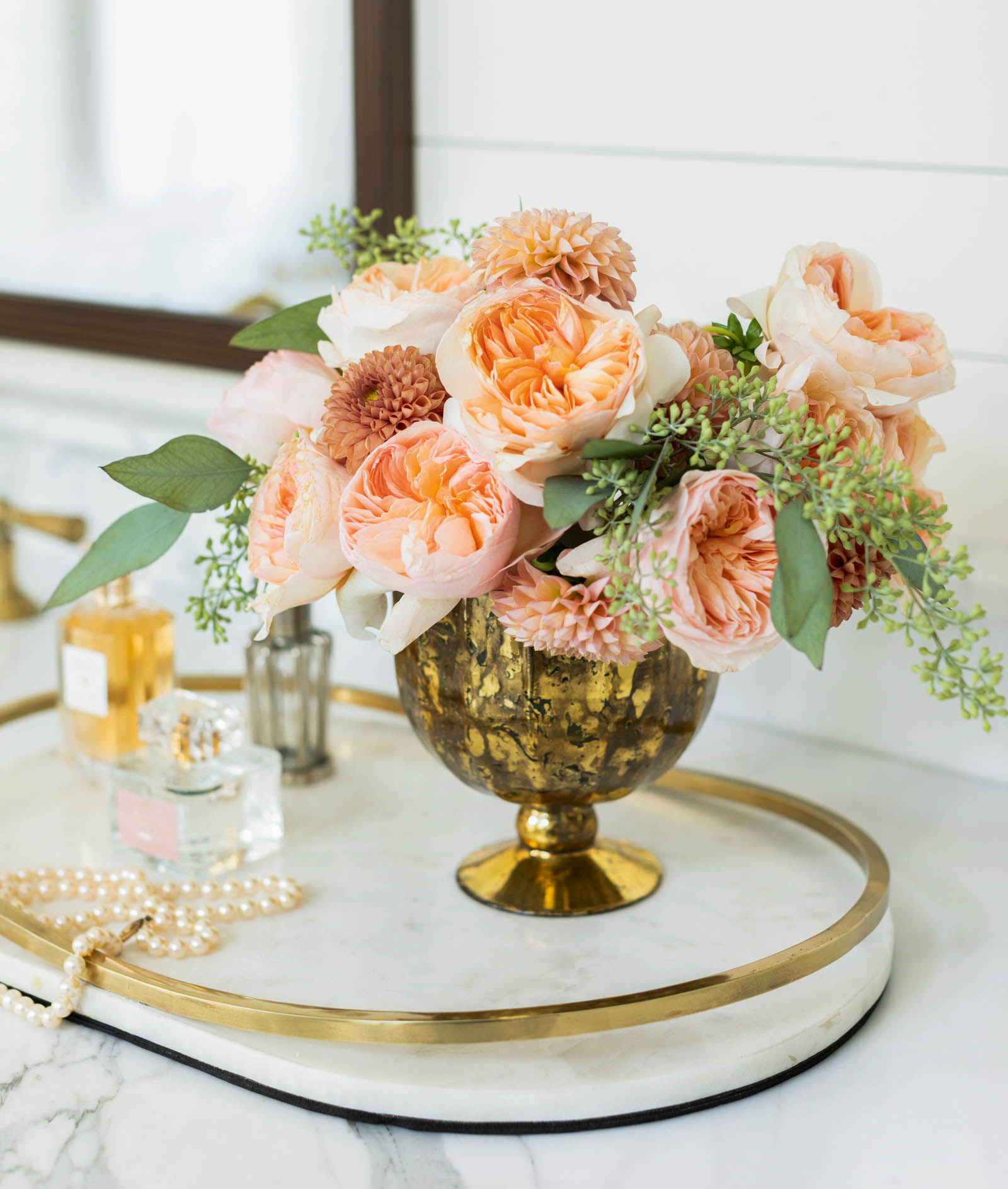Marie Flanigan
The Beauty
of Home
Redefining Traditional Interiors
Text with Susan Sully
Photography by Julie Soefer
Barrel-back chairs, a stone table, and a metal-and-leather footstoolatop a palomino rug forge a rich, textural palette.
Digital Edition 1.0
Text 2020 Marie Flanigan
Photography 2020 Julie Soefer,
except as noted otherwise.
Styling by Jessica Brinkert Holtam
All rights reserved. No part of this book may be reproduced by any meanswhatsoever without written permission from the publisher, except brief portionsquoted for purpose of review.
Published by
Gibbs Smith
P.O. Box 667
Layton, Utah 84041
1.800.835.4993 orders
www.gibbs-smith.com
Library of Congress Control Number: 2020933149
ISBN: 978-1-4236-5467-4(ebook)
In a monochromatic composition, glass and metallic surfaces offerhighlights against the matte textures of a fluted plaster table and slubby,silk-weave chairs.
TO JOE, JOHN, WILLIAM & EVE
Reflectivity reigns in a kitchen corner appointed with quartzite slabcountertops, polished nickel hardware, and unlacquered-brass plumbing fixtures.
Contents
Introduction
In the small Texas town where I grew up, values were less aboutpossessions and more about family, community, and nurturing the well-being ofneighbors and friends. Because my father truly cared about cultivating hischildrens passions and interests, he frequently took me to our local gallery wherewe spent Saturday afternoons looking at works of art with ritual bottles of creamsoda in hand. I knew at a young age that I wanted to be an artistassuming thatmeant becoming a painter. My mother, who extended her hand to everyone who came toour door, fostered my love of hospitality. She believed that a home should embracethe people within it, and through simplicity and kindness made even strangers feelwelcomed. On holidays, she never rested until a bountiful meal was cooked, all thedetails were in place, and the table was dressed to perfection. From her, I learnedthe importance of composing a home for beauty and of preparing a place for the easeand enjoyment of all who come within its walls.
Early on in my life, I realized how powerfully beautiful spacesaffected me and wanted to learn the rules and tools with which to bring that beautyinto my own life. Fascinated by the idea of creating a work of art in which to live,I found my way to studying architecture. I was intrigued to discover the systems andstructural theory surrounding this intrinsically creative discipline. As I learnedthe history of architecture, I was drawn equally to the orderly beauty of classicaldesign and to the sculptural simplicity of modernism. Over time, I discovered thatthe lessons of these two schools could be joined to create timeless environmentsthat meld the past with the present.
Flowers in shades of blush and rust complement the burnished tones ofan antique brass vase and brass-lined marble tray.
When I studied architecture in my twenties in the ancient Tuscan townof Castiglion Fiorentino, my life unfolded amid an antique cityscape. I wascaptivated by centuries-old buildings of limestone, brick, and travertine marblethat seemed to bleed into one another beneath a sea of terra-cotta rooflines. Theresult was at once minimalist and satisfyingly sensual. These modest structuresshared streetscapes with Renaissance and Baroque churches and monumentscharacterized by orderly grandeur and symmetrical adornment. Just by walking downthe street, I discovered how disparate expressions of architecturethe simple andthe grand, the vernacular and the classicalcould coexist in a unified setting thatwas simultaneously grounding and elevating. I also learned that the rules ofclassical design are universal and that once you absorb them, you can bend and breakthem in innovative ways, reaching back through centuries to bring forward what islasting and beautiful.
After working for several years in architecture, I journeyed intointerior design.

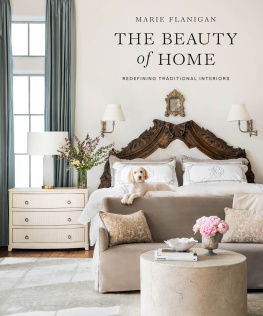


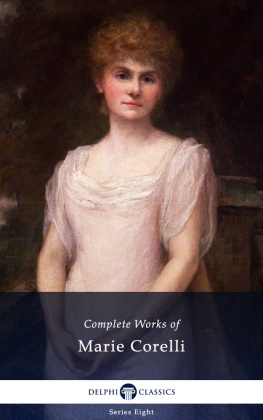
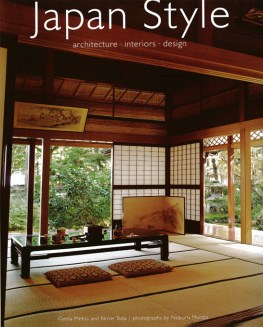


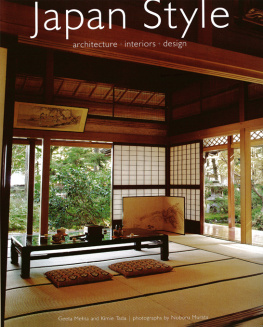

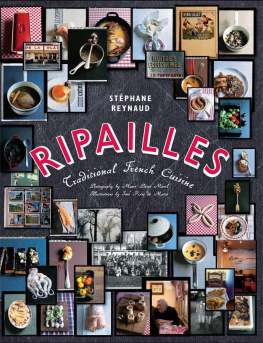

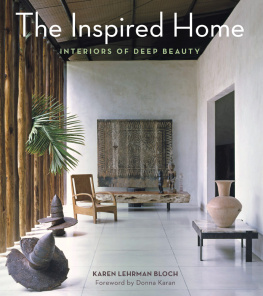

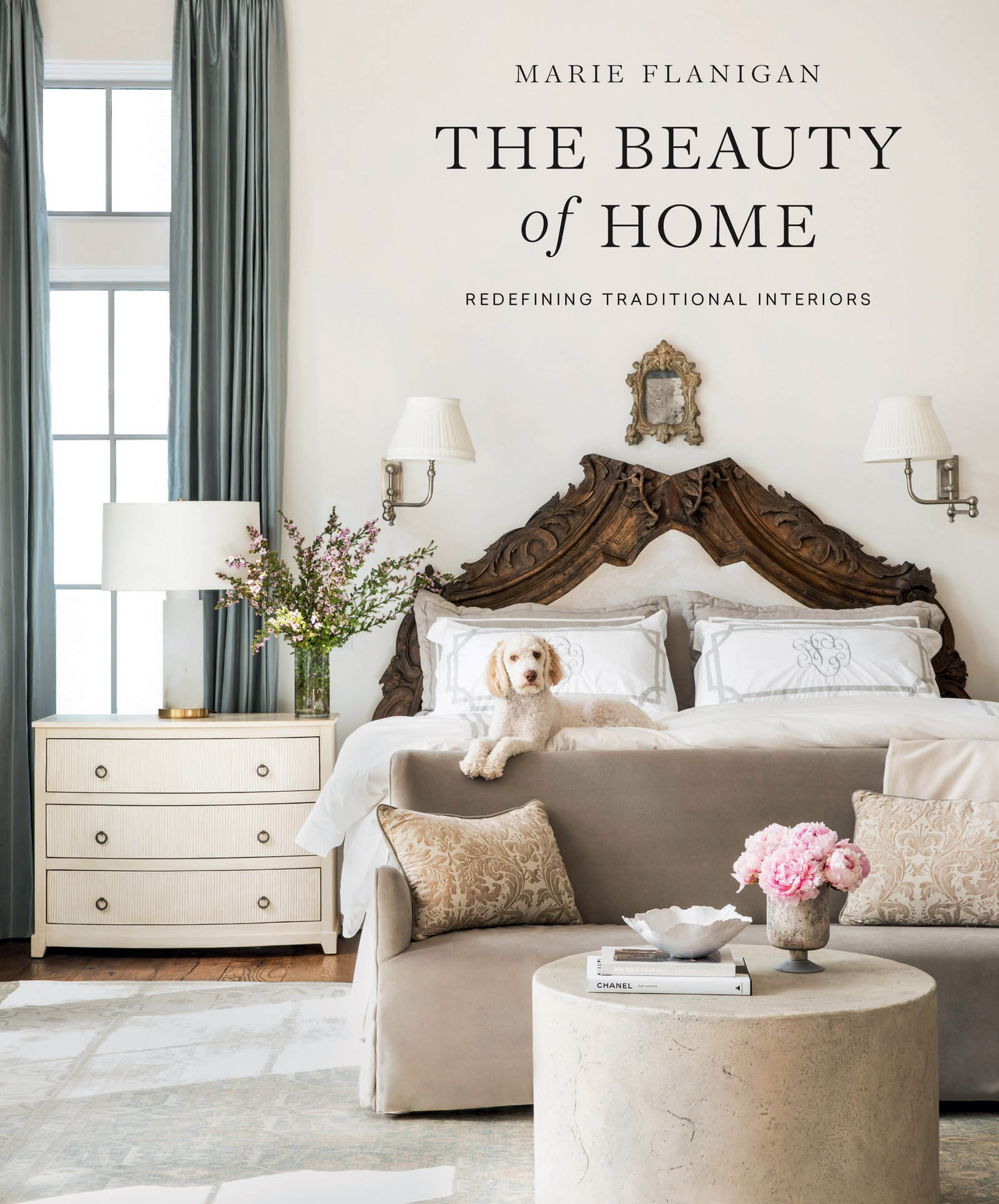

_FAVORITE.jpg)

